Posted by Maris on 20th May 2024
10 things you (probably) didn’t know about Scottish history
Who ruled Scotland as its first king? Which language was spoken by inhabitants in ancient Scotland? And has no one ever really conquered Scotland? Dr. William Knox conducts research at the University of St Andrews.
There isn't a genetically authentic or pure Scot

The people of Scotland are not related by ancestry or genetic makeup. The nation was a patchwork quilt made up of different ethnic groups living in tribes that were undoubtedly not Scottish in identity. Although their main loyalty was to their family, they formed federations that served as the foundation for kingdoms during their fights against Roman imperialism.
Four distinct linguistic groupings spoke in ancient Scotland: the Angles, Britons, Picts, and Gaels (or Scoti). Only until Scotland was converted to Christianity in the sixth century AD did Latin become the official language of the entire nation.
Contrary to common belief, Kenneth McAlpin (810–858) was not the first monarch of Scotland.
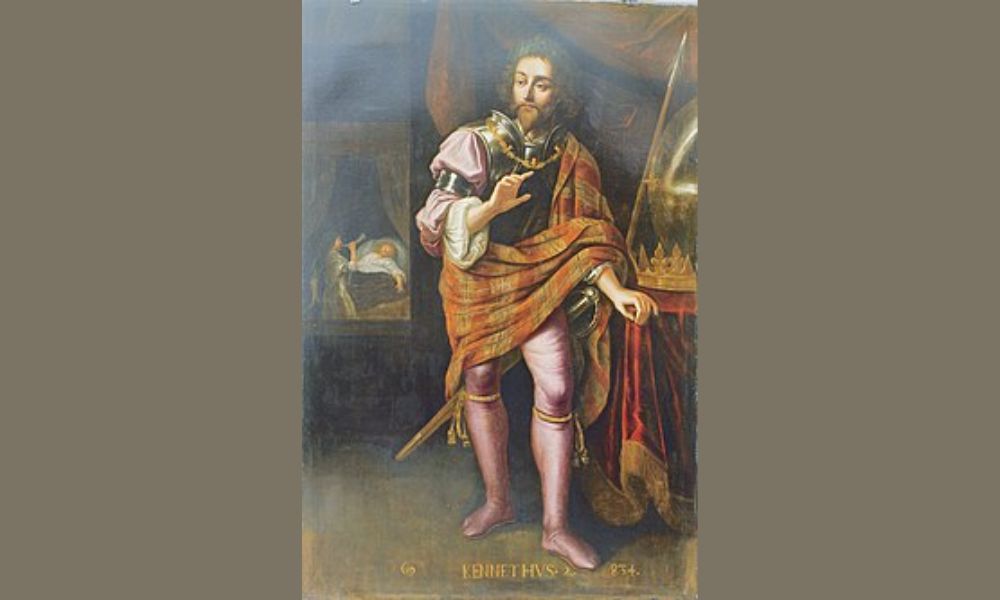
In 842, McAlpin combined the kingdoms of the Gaels and Pictavia by taking advantage of the Picts, who had been badly weakened militarily by punitive Viking attacks. Although he ruled over all of Scotland north of the Forth, the Anglo-Saxons ruled the south and the Vikings still controlled a sizable portion of the country's northern regions.
However, McAlpin was referred to as the king of the Picts, a title bestowed upon him upon his coronation in 843 AD atop Moot Hill in Scone, Perthshire. The king did not acquire the title of ri Alban (king of Alba) until the reign of Donald II (889–900).
Although McAlpin succeeded in establishing a dynasty that would survive for generations and progressively expand Scotland's borders to the north and south, the modern nation of Scotland was not founded until 1469.

As his name implies, William the Lion (1165–1214) was not a powerful and courageous monarch.
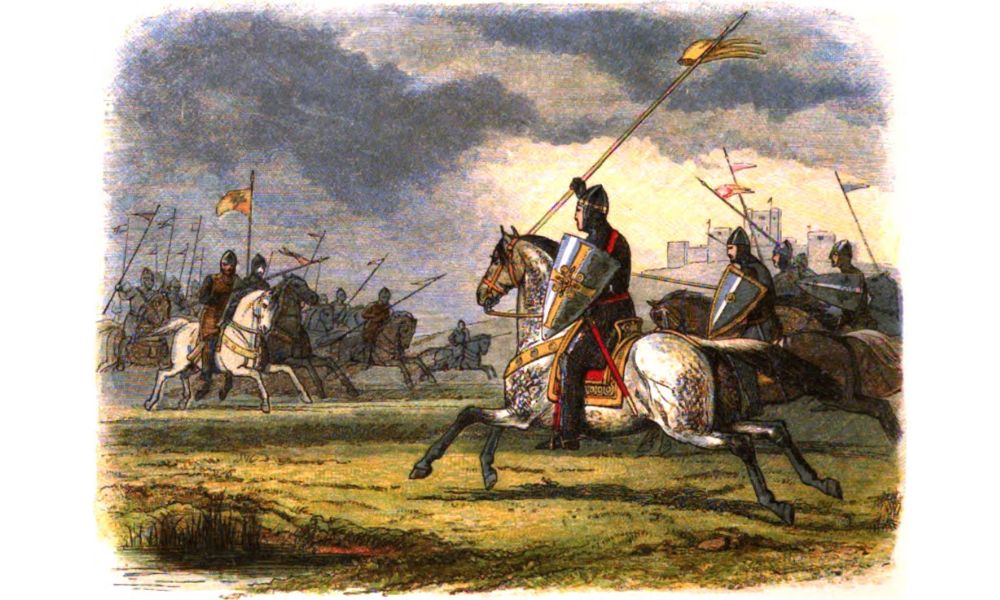
Never was a king as humiliated as William, even though he ruled Scotland for longer than any other king save James VI and I. After being taken prisoner by the English, he was only able to escape by signing the Treaty of Falaise in December 1174. He was only permitted to rule Scotland by the English monarch under the conditions of the treaty. After the Scots agreed to pay a sizable sum of money, the 15-year pact was canceled.
The humiliation, however, did not stop there for in 1209 he was once more made to honor John I. He therefore added the lion rampant to the Scottish flag, making heraldic rather than statecraft the beneficiary of his effort.
There were other patriotic leaders leading the opposition against the English occupation of Scotland besides William Wallace.
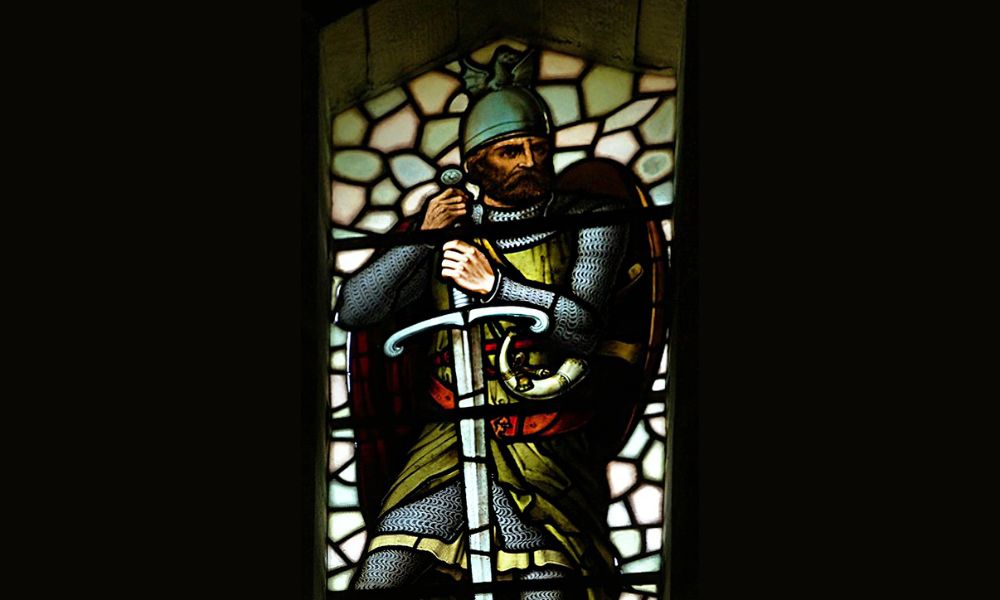
Andrew de Moray was also significant. He broke out of an English prison during the winter of 1297 and promptly started to plan the north of Scotland's resistance movement against English authority. By year's end, Morayshire was under his command, and his men had gained possession of the main castles in the area, including Elgin and Inverness.
Wallace's triumph in the south was equal to De Moray's in the north. Following the English defeat at Stirling Bridge in September 1297, de Moray and Wallace were referred to in correspondence as "the leaders of the army and of the realm of Scotland." But victory had a cost: two months after being injured at Stirling, de Moray passed away.
Historians have contended that Wallace has received far too much credit for this, and that de Moray, rather than his more well-known colleague, deserves more credit for the triumphant campaign of 1297.
When the Scots were favorites, they never prevailed in a fight.
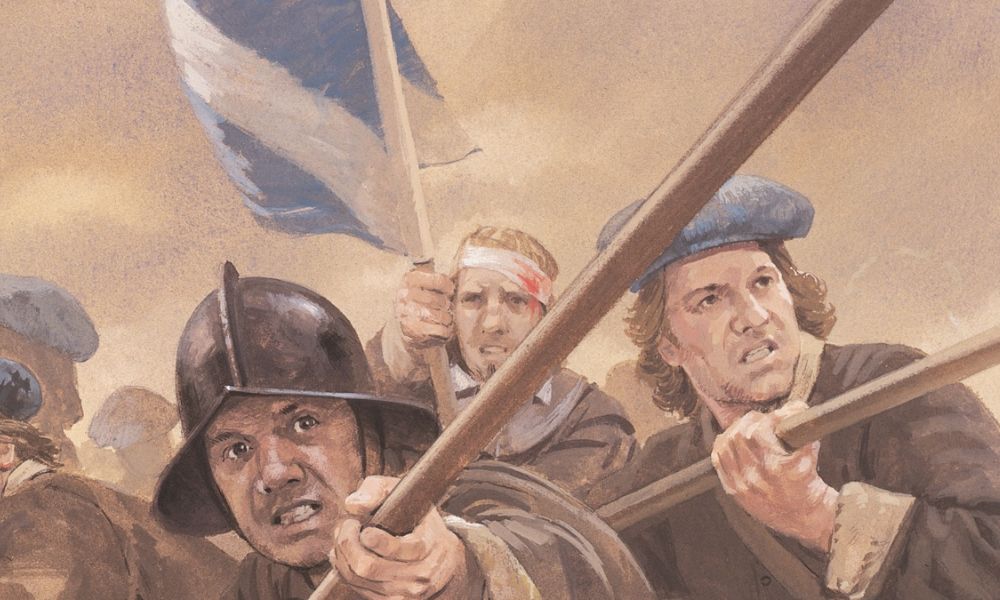
A far smaller English army destroyed the greatest Scottish force ever prepared to invade England at Flodden Field in 1513, inflicting 10,000 casualties on the Scots in two hours. Once more in 1542 at Solway Moss, 3,000 English soldiers routed a 15,000-man Scottish force, taking 1,200 Scots prisoners. James V took to his bed and died in humiliation, the defeat being so crushing.
The Scots performed best when they were the underdogs. A greatly outnumbered Scottish force soundly defeated the English at the battle of Stirling Bridge in 1297. Robert the Bruce's forces annihilated an English army three times larger than the Scots at Bannockburn, just seventeen years later. The disorganized forces of Charles Edward Stuart, the Young Pretender, marched through Scotland and into England in 1745, reaching Derby before mysteriously turning around and marching back home with control of London.
It is absurd to take pride in the fact that Scotland has never been subjugated.
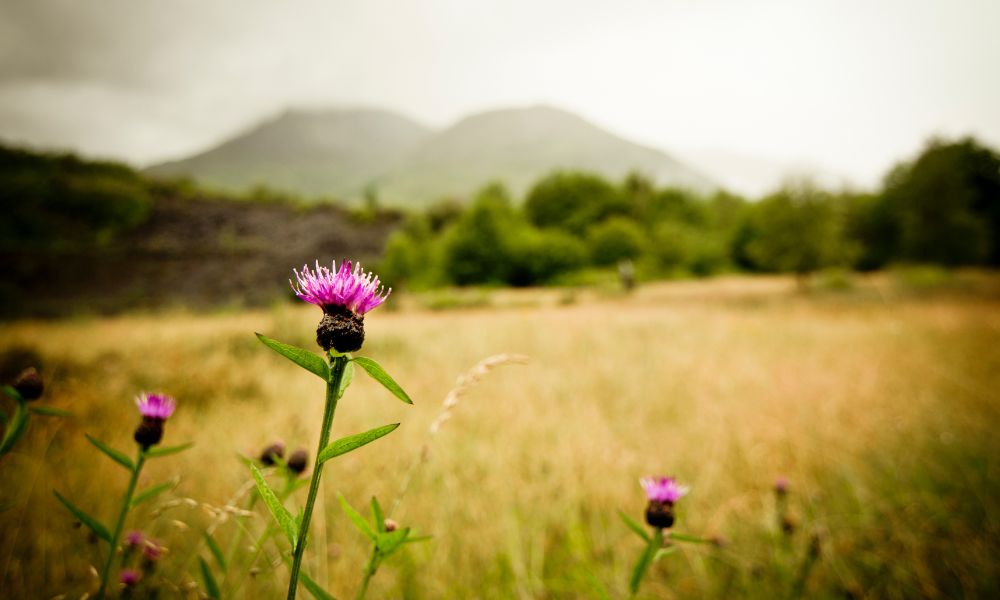
This viewpoint is ingrained in Scottish mythology that is passed down from one generation to the next. Of course, there are some truths to the statement: the Romans tried to conquer Caledonia but were unsuccessful, so they built walls to prevent the warring tribes from attacking.
Similar to Edward I, the hammer of the Scots, who conquered vast tracts of Scottish land, the resistance led to Edward II's defeat at Bannockburn in 1314.
When we consider the Cromwellian occupation of Scotland in the 1650s, the patriotic Scottish boast about national prowess starts to appear a little tatty. Cromwell's New Model Army crushed the Scots at Dunbar in 1650 and again at Worcester the following year, killing 2,000 of them and taking over 10,000 prisoners, including nearly all of the Scottish leaders. With the approval of the "Tender of Union," which was signed by 44 of the 58 royal burghs and 29 of the 31 shires, Scotland was merged into "the free state and Commonwealth of England."
The Scots were granted thirty seats in the Westminster parliament under the provisions of the Cromwellian union, with English officers holding half of those seats. General George Monck had brought about the entire conquest of Scotland; only the political upheaval that followed Oliver Cromwell's death in 1658 prevented Scotland from regaining her independence.
Flora MacDonald was a Unionist and Hanoverian who rose to fame by assisting Bonnie Prince Charlie in his flight to France following his defeat at the Battle of Culloden, the decisive conflict in the 1745 Jacobite Rising.
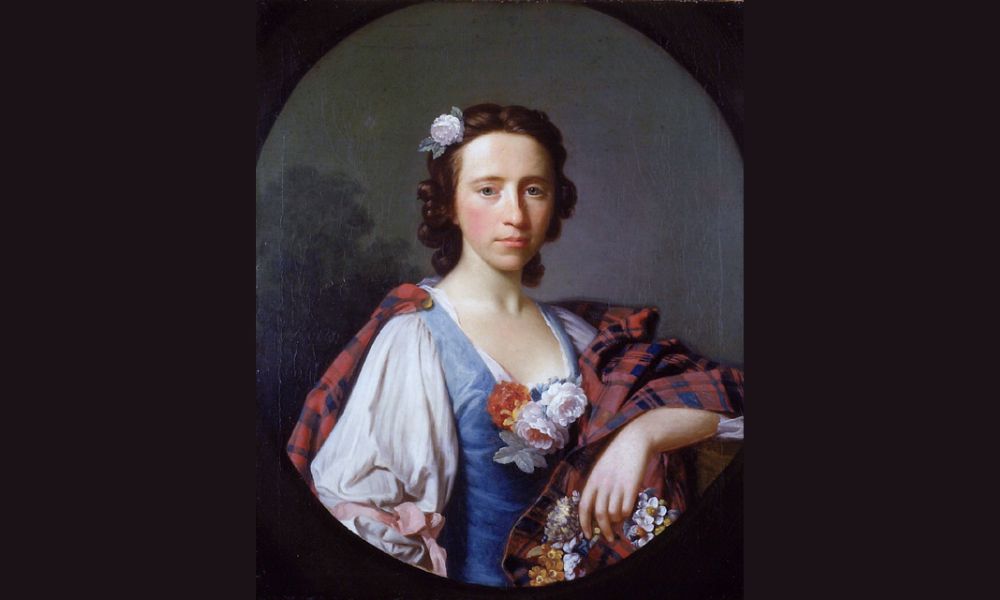
A Scottish icon, Flora MacDonald was and still linked to the romantic, but ultimately futile, attempt in 1745 by the Stuart dynasty to retake the British crown. After losing the battle of Culloden in 1746, Charles Stuart's adventure came to an end, and he sought safety in the Outer Hebrides island of Benbecula. Charles disembarked while dressing as Betty Burke, Flora's Irish maid.
Due of her involvement in the escape, MacDonald was briefly detained and held at the Tower of London. She was freed from prison in 1747 as a prisoner on parole under the terms of the amnesty, and she stayed in London with Lady Primrose. She rose to fame, and Frederick Prince of Wales, the eldest son of George II, was one of the numerous stylish individuals who paid her visits.
Flora went to the Isle of Skye when she was 28 years old and married Allan MacDonald of Kingsburgh. In 1774, the couple moved to North Carolina due to hard financial conditions. Her husband and five sons fought with George III's royal British army during the American Wars of Independence, which began in 1776, rather than for the rebels! This lends support to MacDonald's assertion that her assistance to Charles Stuart was motivated by compassion rather than politics.
After her husband was arrested, she departed for Scotland. Two years later, he joined her, and the family moved back to Skye, where she died in 1790 as a British patriot.
In Scotland, the Labour Party was not only a working-class organisation.

Despite making up the majority of the population north of the border, working-class people have not always been Labour supporters. In Scotland during the late 19th and early 20th centuries, the majority of workers cast Liberal ballots; Labour did not win the majority of votes until after World War I.
It was never hegemonic, though, because Scotland's religious differences guaranteed a sizable Protestant working-class Unionist vote (the party joined the Conservatives in 1965). The party itself preached against class-based politics, such as those supported by the radical left, because it was an alliance between middle-class women and competent male workers in Scotland.
A research conducted on the social backgrounds of Labour MPs during the interwar period revealed that approximately 45% of them came from non-manual origins. This socioeconomic trend was expected to increase after 1945.
Sectarianism was not limited to the West Coast.
Most people would recognize Glasgow and its outlying cities as the sites of strife between Catholics and Protestants. However, the most intense disputes of the 20th century occurred in middle-class Edinburgh during the 1930s, not in Glasgow.
In the lead, rabble-rouser Catholics experienced assault and harassment, according to Protestant Action Society head John Cormack. Priests were spat on in public, employers were pressured into firing Catholic workers, and Sunday mass attendees faced verbal and physical abuse.
Furthermore, massive protests were organized to interfere with significant dates on the Catholic Church's calendar. The riot of 1935, in which Cormack led a mob of 20,000 Protestants who were baying for blood against the Eucharist Congress held at the Morningside Catholic Priory, was the tipping point.
In fact, Protestant Action garnered 31.97 percent of the Edinburgh vote in the 1936 municipal elections, knocking Labour into third place and returning nine councillors as a reward for their work.
However, Cormack and Protestant Action's success was short-lived, as the start of the war in 1939 forced sectarianism out of Edinburgh politics. Despite this, Cormack remained a Town Council member until his passing in the 1960s.
Scotland's central belt received more American inward investment than any other place in the globe between 1945 and 1970, excluding Canada.
Enormous American firms like IBM, Timex, National Cash Registers, Caterpillar, and many more swarmed this little strip of land in the midst of Scotland.
For what reason did they come? for three good reasons: first, it opened up markets in Europe and Britain; second, there was a pool of highly educated and competent workers receiving historically cheap salaries; and third, since English was the common dialect, there were no language obstacles.

